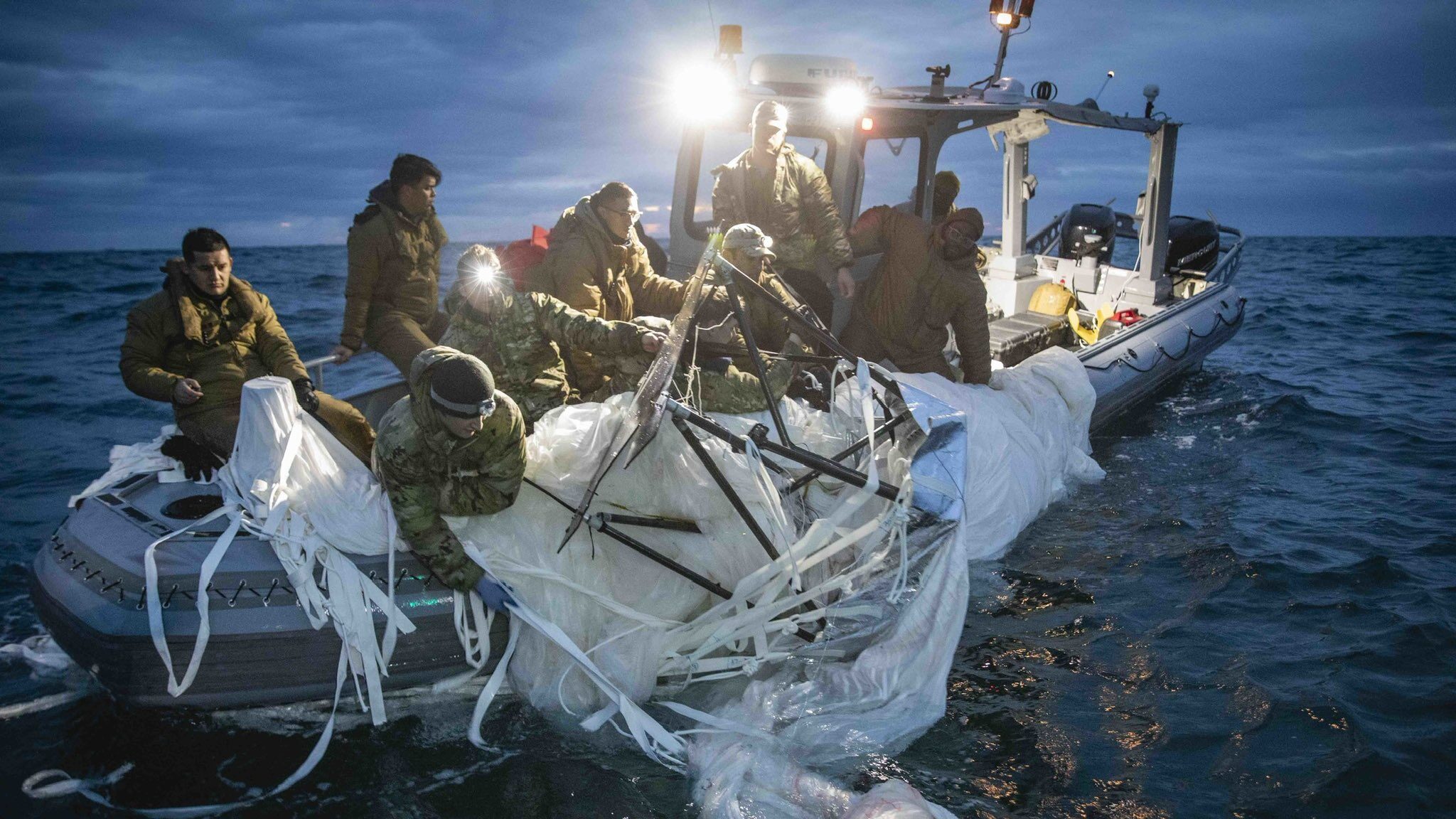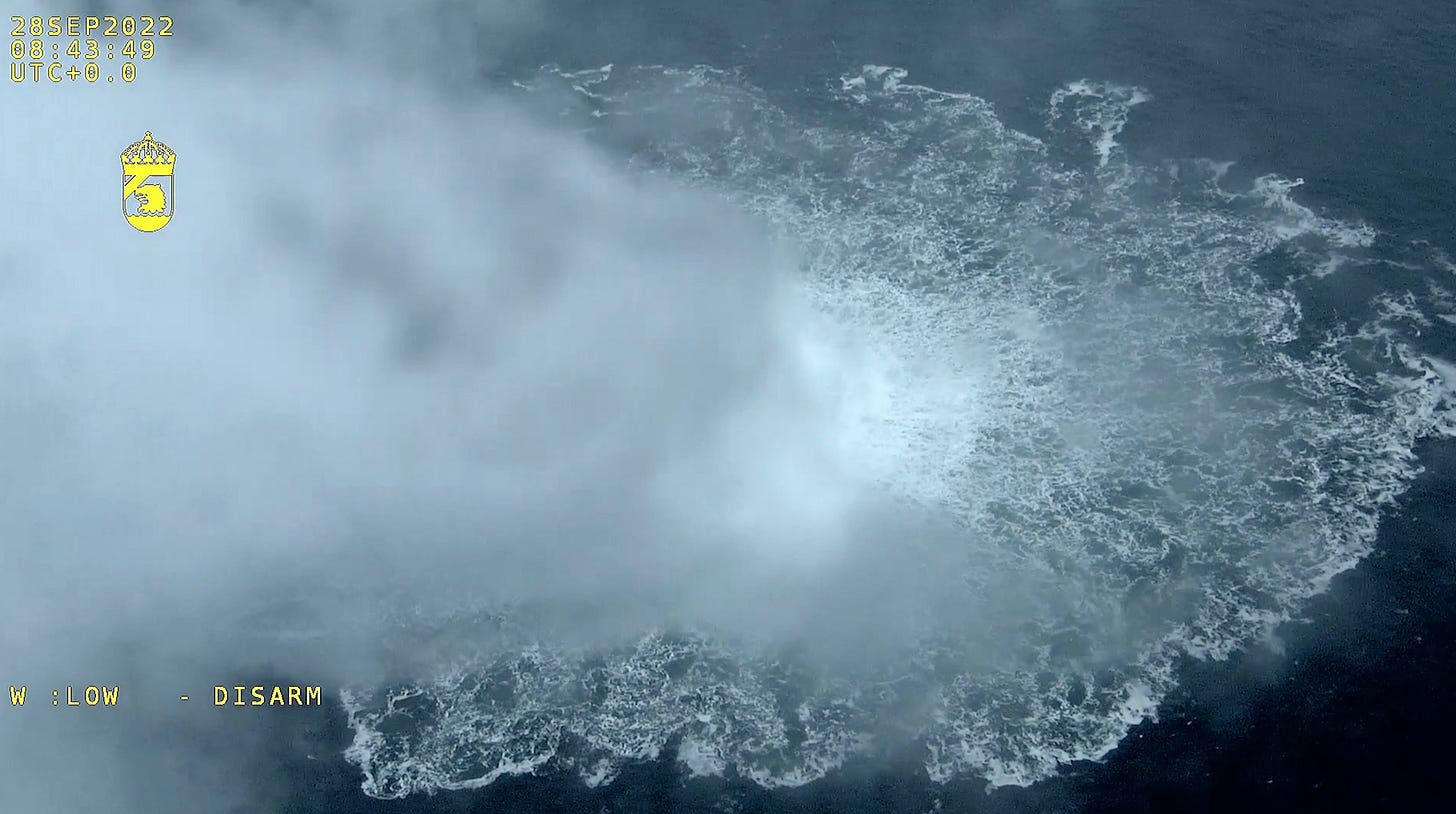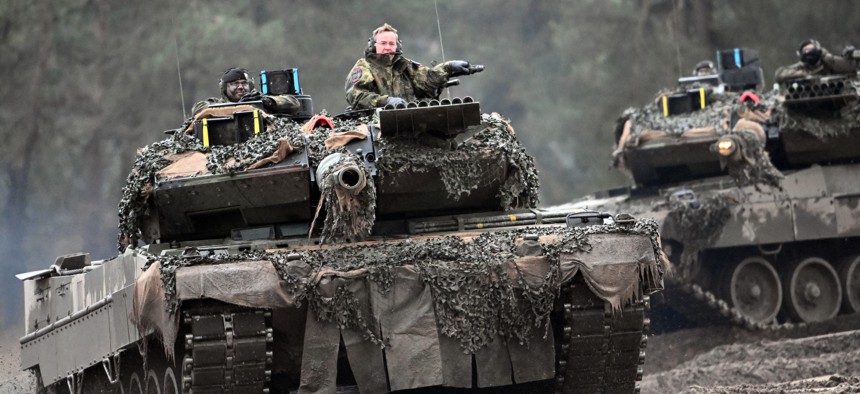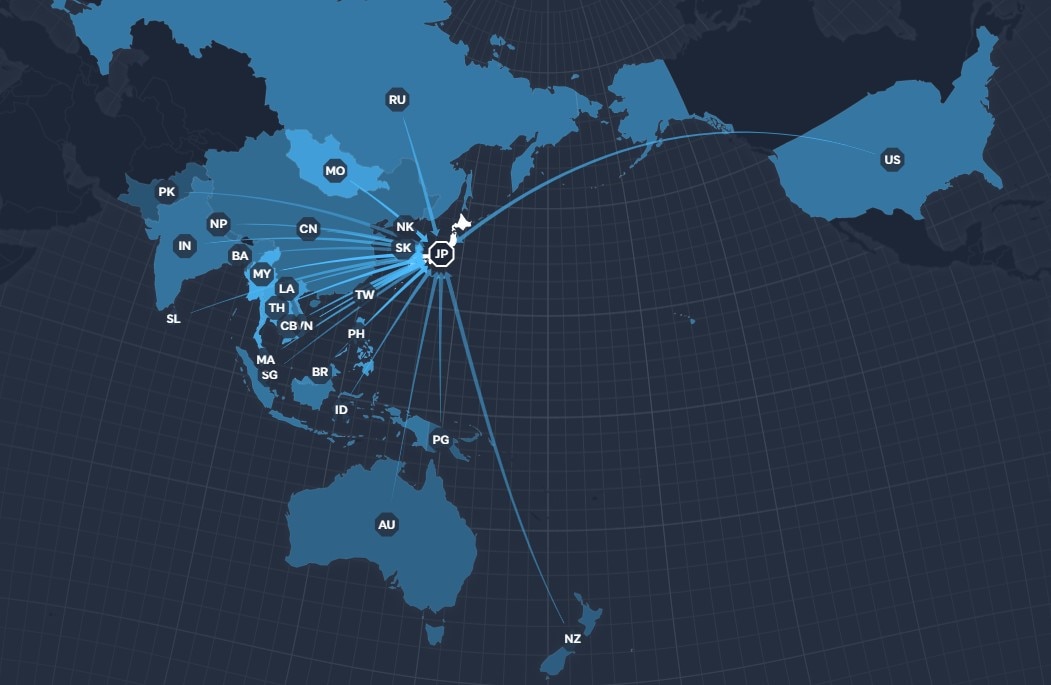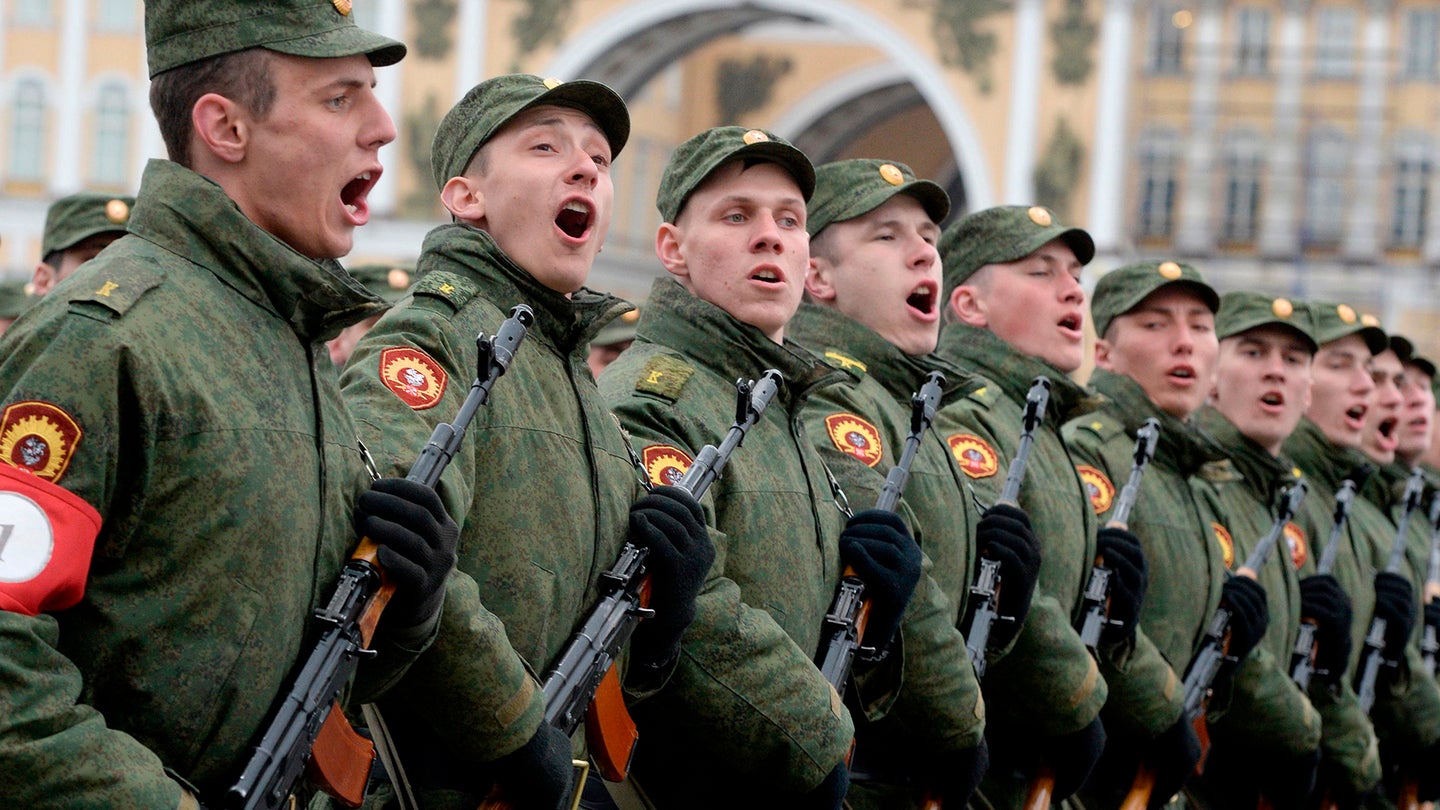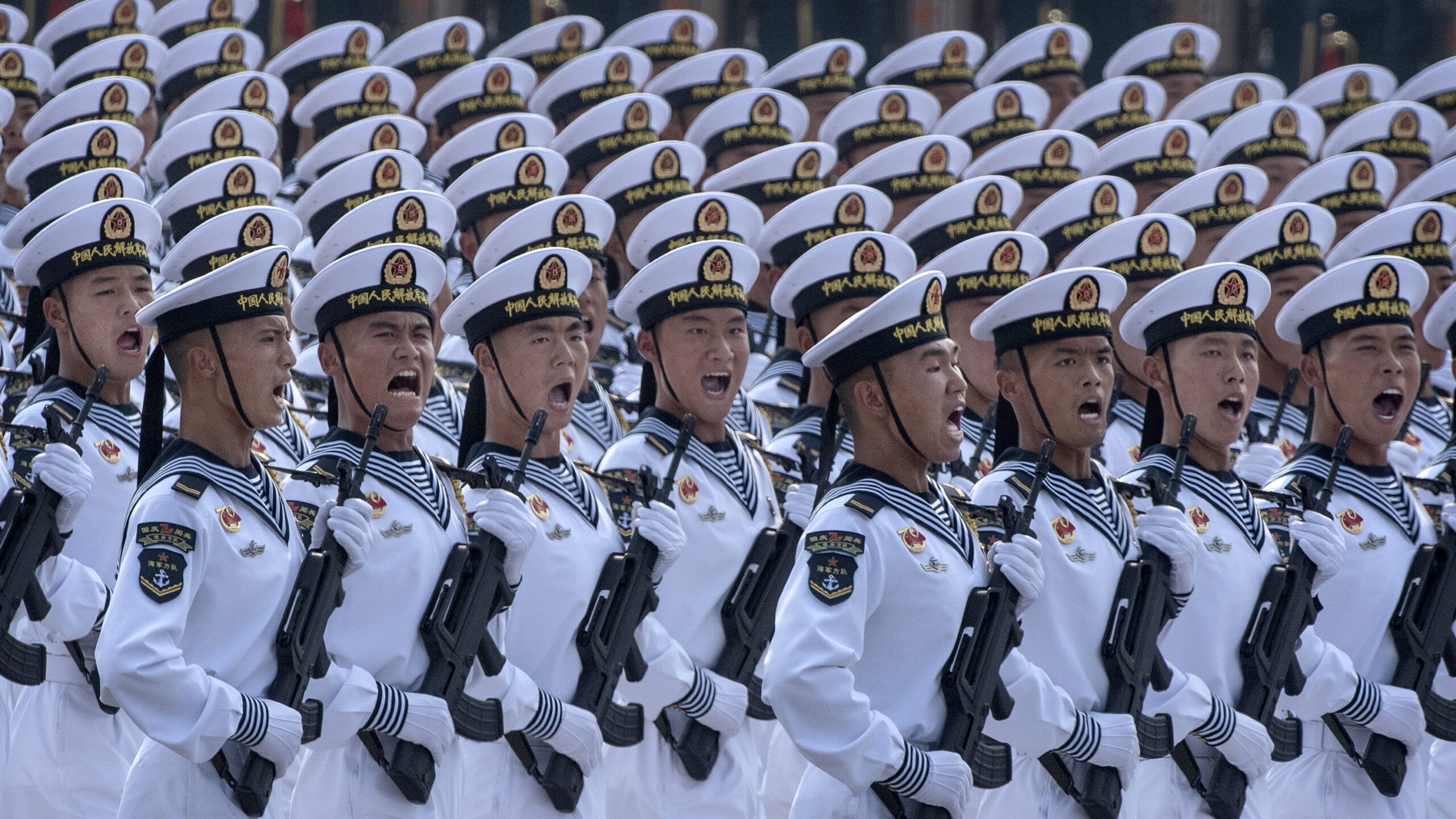C. Raja Mohan
India’s new enthusiasm for the global south—it just convened a special summit of developing nations and presides over the G-20 with a development-focused agenda this year—should not be mistaken for reduced interest in its quest to build stronger ties with the West. On the contrary, the centrality of the G-7 for India’s economic and geopolitical prospects is continuing to grow. For India, the West is the most important trading partner, the dominant source of capital and technology, and the major destination for the Indian diaspora. Cooperation with the G-7—comprising Britain, Canada, France, Germany, Italy, Japan, and the United States—is also critical for India to effectively deal with the increasing challenges from China. In fact, India’s dual orientations are converging: Both its gradual but inexorable alignment with the West and its renewed engagement with the global south are expressions of New Delhi’s repositioning against Beijing and its growing influence.
The West, too, has an interest in a stronger India that can counter growing Chinese and Russian diplomatic, economic, and military influence among developing countries. Washington’s recent offer of a range of technologies to India—including jet engines—underlines the Biden administration’s desire to strengthen ties with New Delhi despite Indian ambivalence on Russia’s war in Ukraine. The United States is also eager to incorporate India into a new network of global supply chains with trusted partners.



